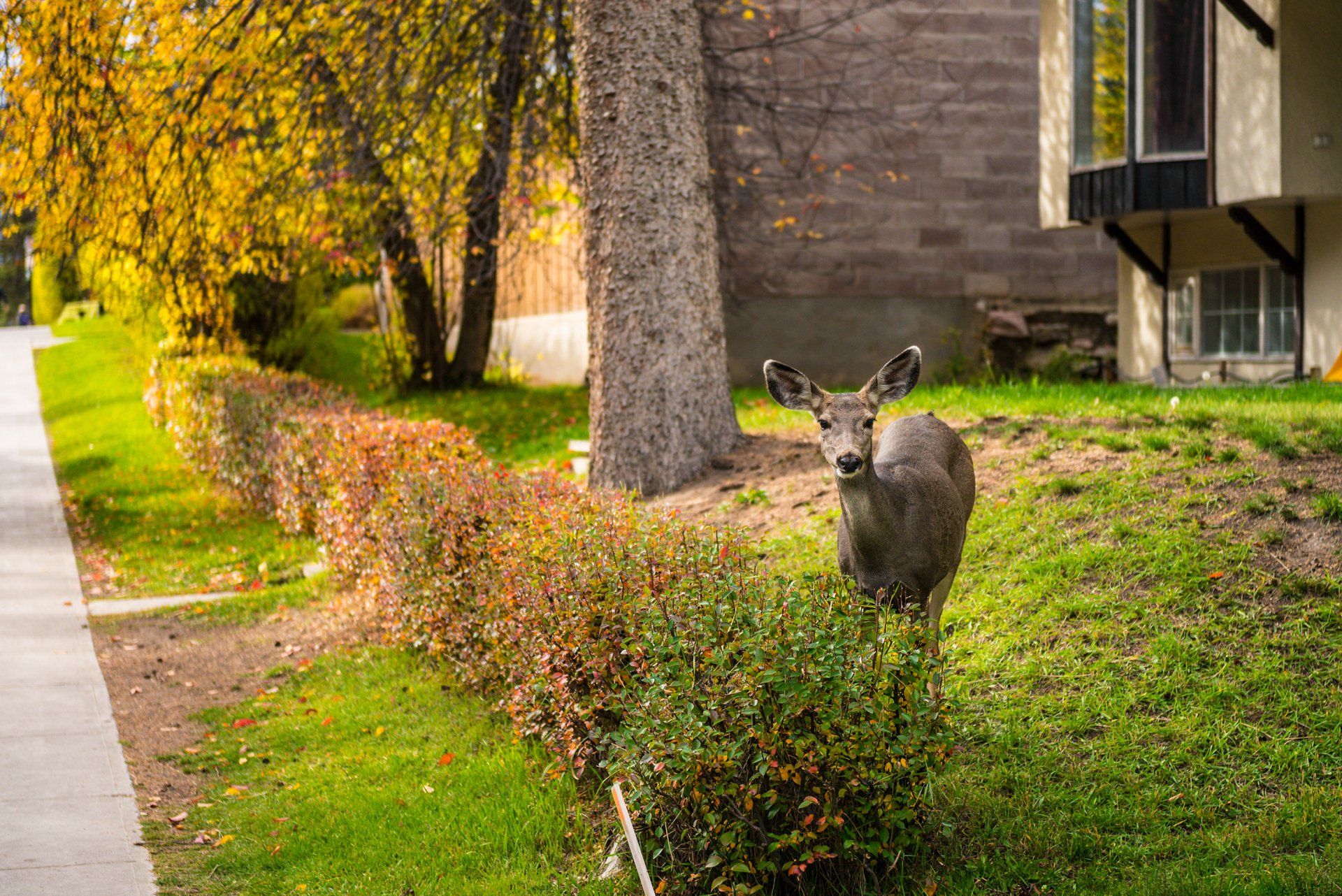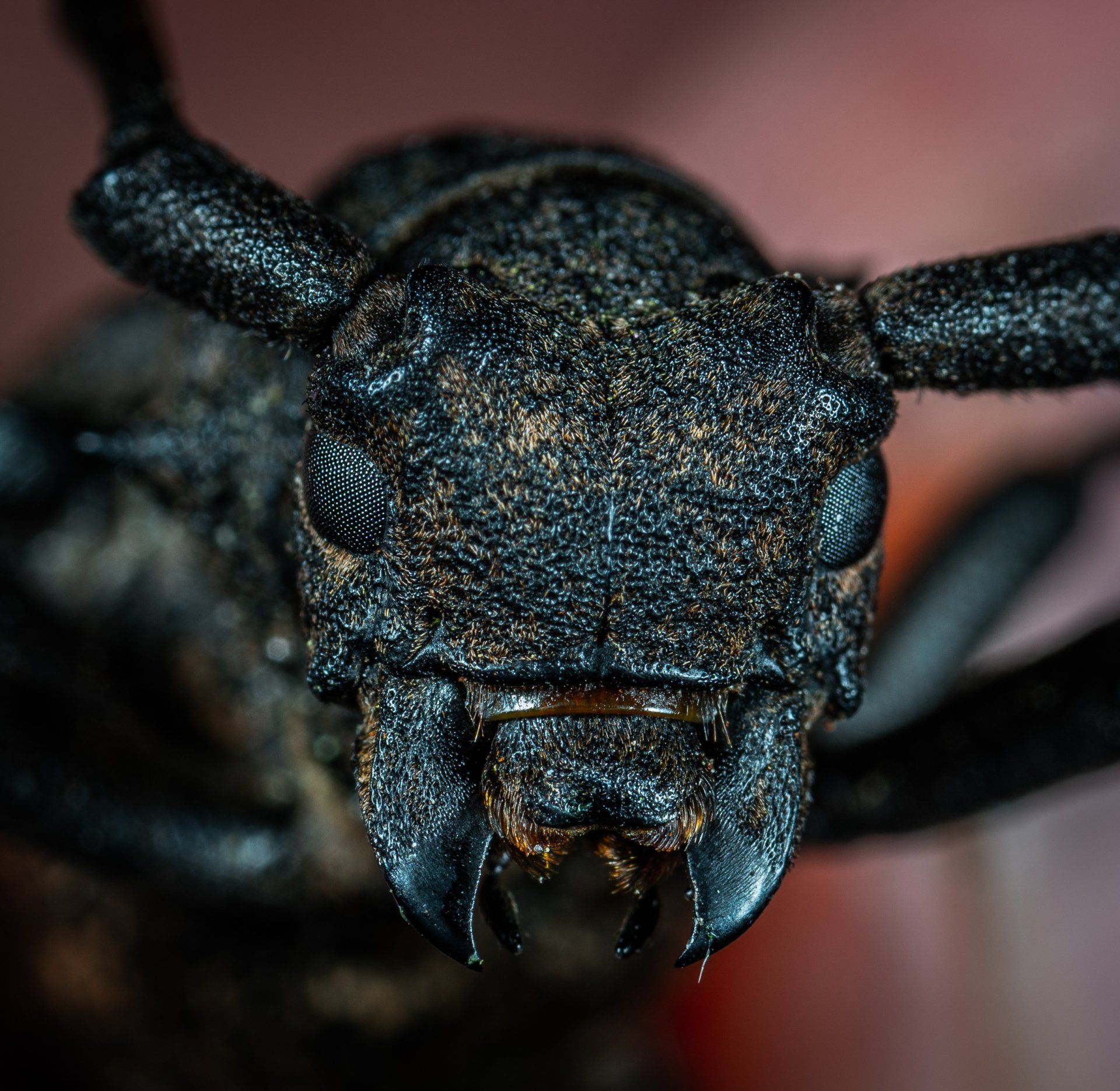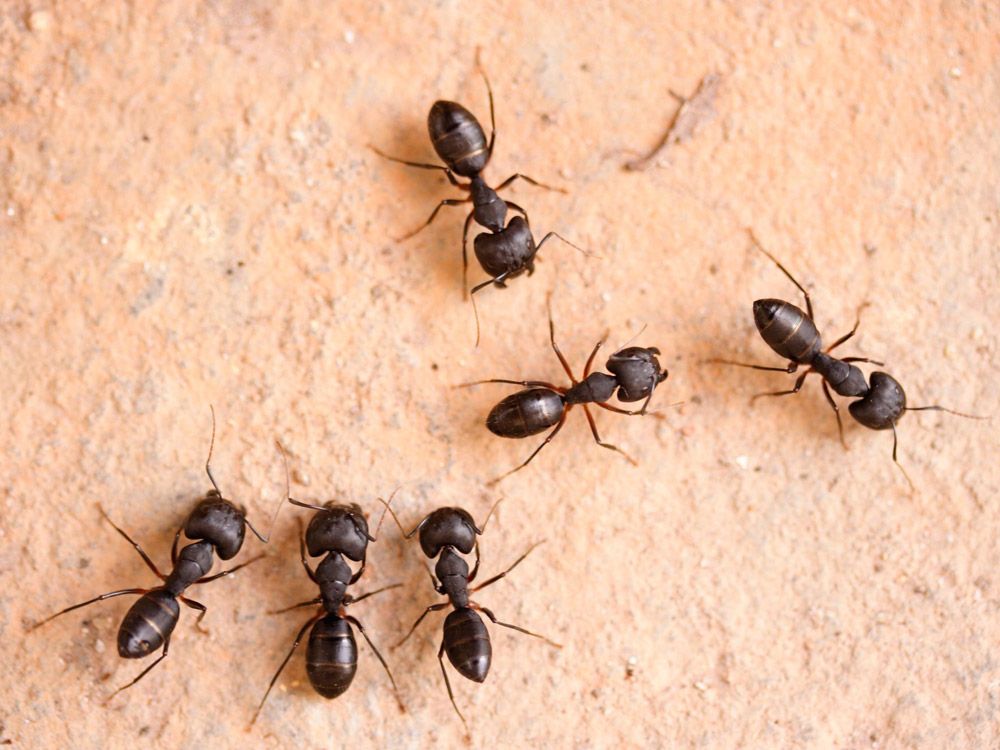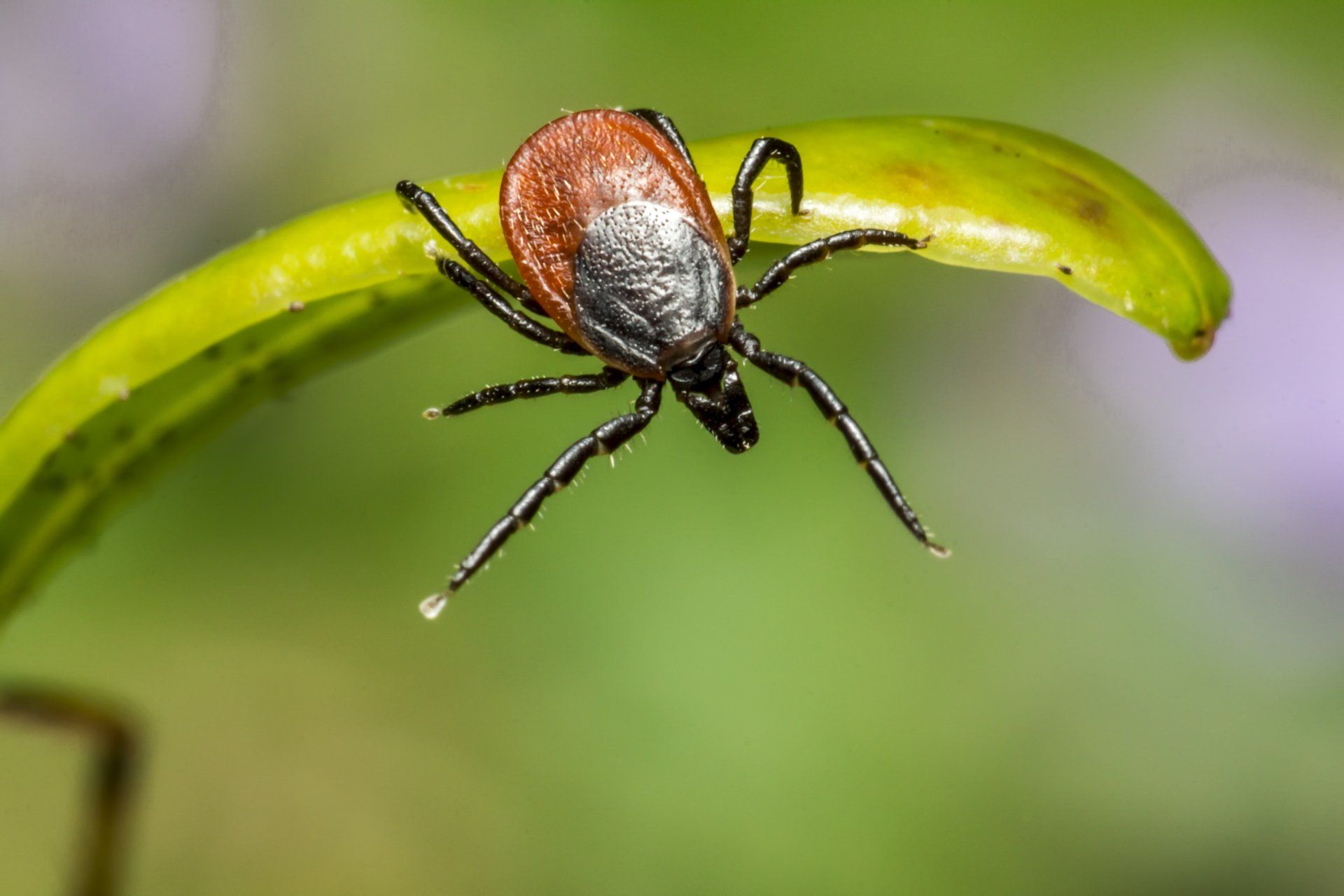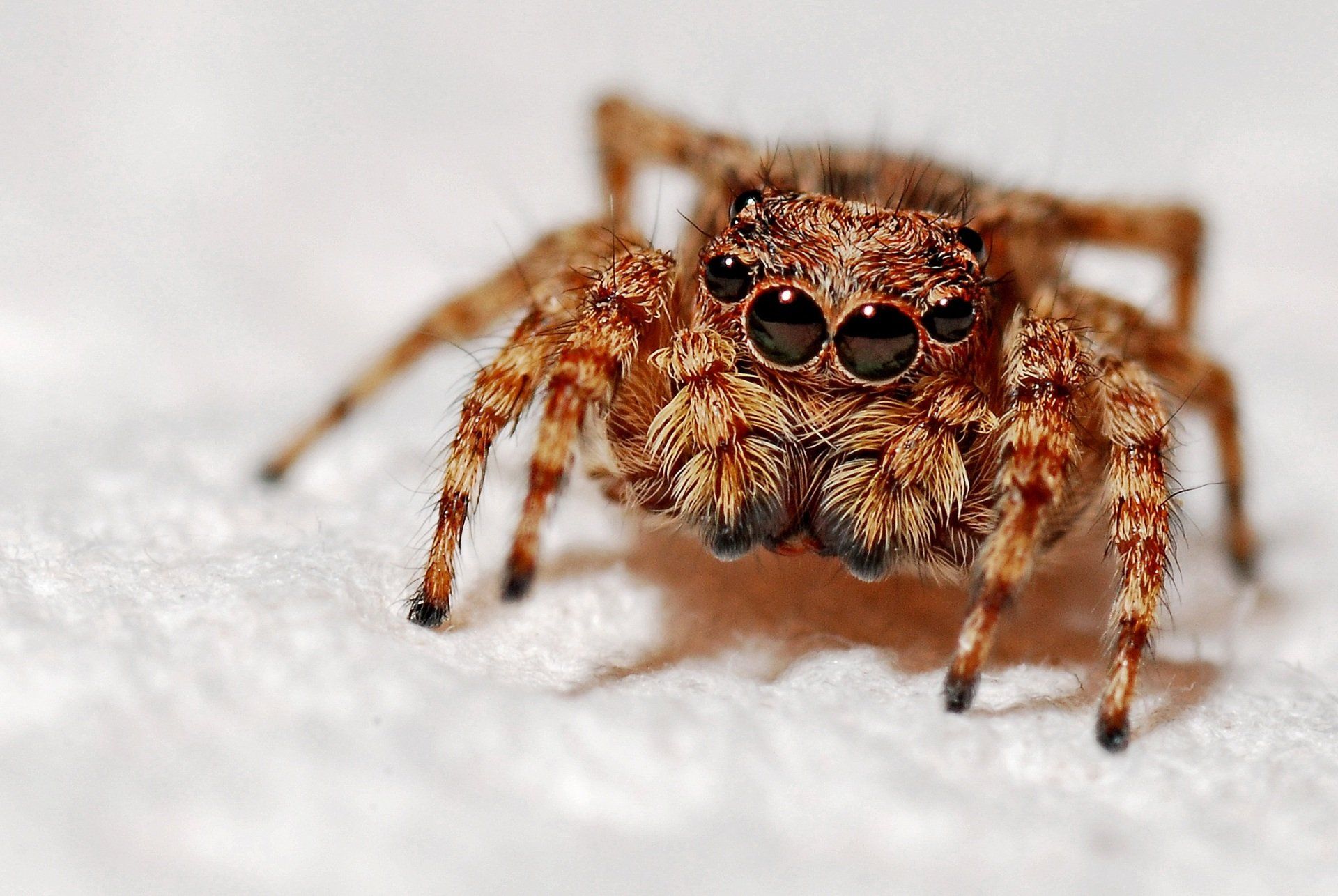I’ve Got Rats in My House! Now What?
How common are rats? More common than you would think!
By Nick Siebert
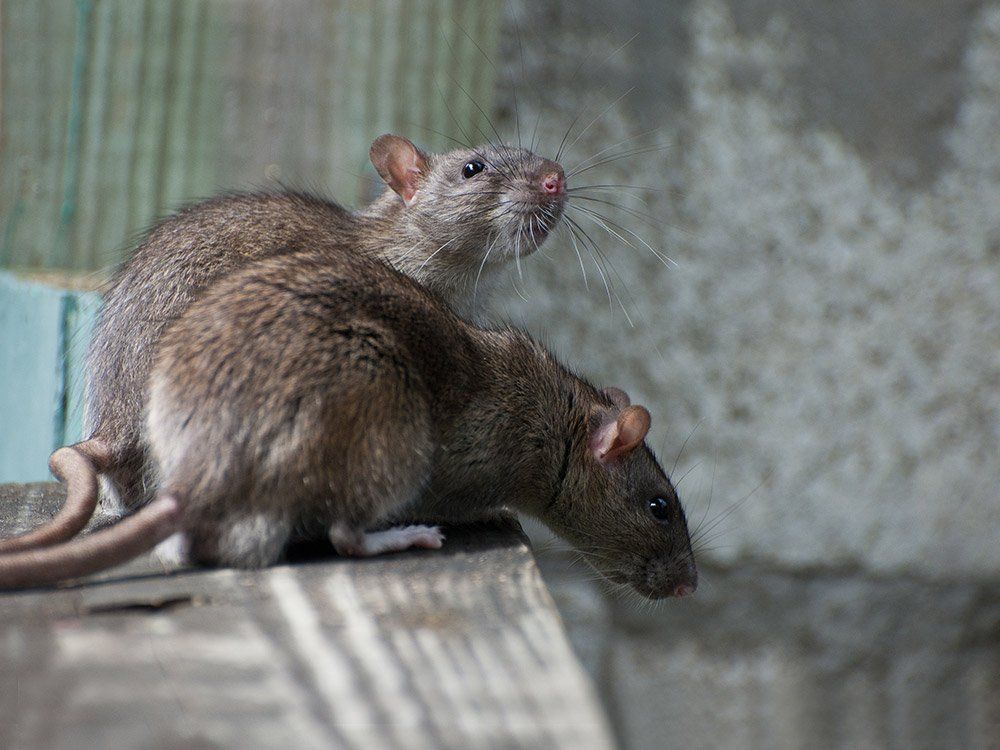
It may surprise you to learn that there are an estimated 7 billion rats worldwide. Additionally, there are more than 60 rat species across the globe, dwelling inside homes, sewers, and businesses.
The most common is the Norway rat, and it’s one of New Jersey’s most common rats.
So how do you protect yourself from a rat infestation? And what do you do if you find yourself asking, “Do I have rats in my house?”
This article walks you through two common types of rats in NJ, along with signs of an infestation and why you need a professional to help you with any signs of rodent activity.
How Common Are Rats in NJ?
In New Jersey, you’ll most likely encounter the Norway rat or roof rats. These two rats are cousins, but there are differences between the two.
Norway rats (brown rats) are amongst the most common type of rats in NJ. They like to invade homes and are one of the largest rodents you’ll find lurking about. Their bodies are long and they weigh roughly one pound.
They’re mostly brown with a light-colored underbelly, but you might spot some black hair on them. Although they’re not good at climbing, they can enter homes with ease. This is how they differ from roof rats (black rats), another NJ native.
You can
identify roof rats by their long, thin bodies, along with their large eyes and ears. They have pointed noses and scaly tails, and their fur is smooth and soft. They’re usually brown with black spots or appear black in color with a black, grey, or white underbelly.
While these two rats might sound similar in appearance, their behavior is how you can differentiate the two.
Roof rats are exceptional climbers, unlike Norway rats. Roof rats are skilled at climbing trees, gaining access to your roof from there.
Roof rats and Norway rats rely on humans to supply them with food, scavenging for your leftovers. In short— if you have food in your home, you’re susceptible to rats.
This is why you need a professional pest removal company. You need to prevent rats in your home before an infestation takes place.
Can Rats in Your House Harm You?
In short, yes. Rats and mice are known for
carrying and spreading disease across the globe.
Should you come into contact with rodent feces, saliva, or urine, you run the risk of contracting these diseases. You’re also at risk if you eat food contaminated with rodent waste or breathe in contaminated air. Additionally, rodent bites are very dangerous.
But what do you do if you have rats in your house? First, you need to
contact a professional so they can determine what type of rodent has infiltrated your home. Only highly trained professionals should investigate a rodent infestation, as they have protective gear and the necessary tools to safely rid your home of rats and any other critters.
Rodents are known for carrying Bartonella, Leptospira, Hantavirus, Salmonella, and even Plague. They may also carry ticks with them, spreading Tularemia and
Lyme Disease.
Aside from the viral and bacterial dangers of rats in and around your home, they pose a severe threat to the integrity of your house. The damage they cause is dangerous and costly. Rats gnaw at and chew drywall, concrete, and aluminum.
Keep in mind that rat infestations are fairly obvious once they settle inside your home. You’ll find chewed household goods, including papers, along with a trail of feces. Since they urinate constantly as they move around your home, you’re left with toxic substances on common household surfaces and countertops.
If you’ve noticed suspicious activity in your home, you may be wondering, “Do I have rats or mice?” If you spot brown excrement the size of a grain of rice, odds are you have rats and not mice.
Signs You Have Rats
Aside from rat droppings and chewed items scattered across your home, there are other signs to look for. For example, you may notice rub marks where the rats wander about your home in search of food.
Their eyesight is terrible, so they establish routes typically along boards and walls. This helps them navigate their way around your home. Since their bodies accumulate dirt and grease, you’ll find smudges and other dark marks on any objects they frequently encounter.
Roof rats tend to hide in attics, so you’ll hear scratching at night. Norway rats, however, make a grinding noise with their teeth, helping you to tell them apart from roof rats.
You may also notice rat holes throughout your home. Norway rats are known for the substantial burrow systems they create and rely on for nesting, shelter, and food storage. These extensive systems are commonly next to solid structures and objects.
You might find rat nests in your attic, loft, under eaves, or within wall cavities. Rats shred any materials they come across, including cardboard, insulation, and any other soft items used for making nests.
It’s possible you’ll also find rat footprints. These are common in less frequently used areas of your home.
You can sprinkle flour to look for footprints, but if you suspect any type of animal is nesting in or around your home, it’s best to contact a professional immediately. You’ll save yourself and your family from disease-carrying rodents and costly home repairs.
Rats in My House: Get Rid of Rats Today
If you find yourself asking, “Do I have rats in my house?” then chances are some type of rodent is attempting to lay claim to your home. Remember, rodents of any type pose a serious threat to you, your family, and your home, making professional pest removal an absolute must.
Serene Property Services has the knowledge and experience to tackle any type of home infestation. We also specialize in preventative measures, helping to stop rodent invasions before they begin.
Reach out to us today for an estimate.
We will get back to you as soon as possible
Please try again later
About Us
Contact Info


